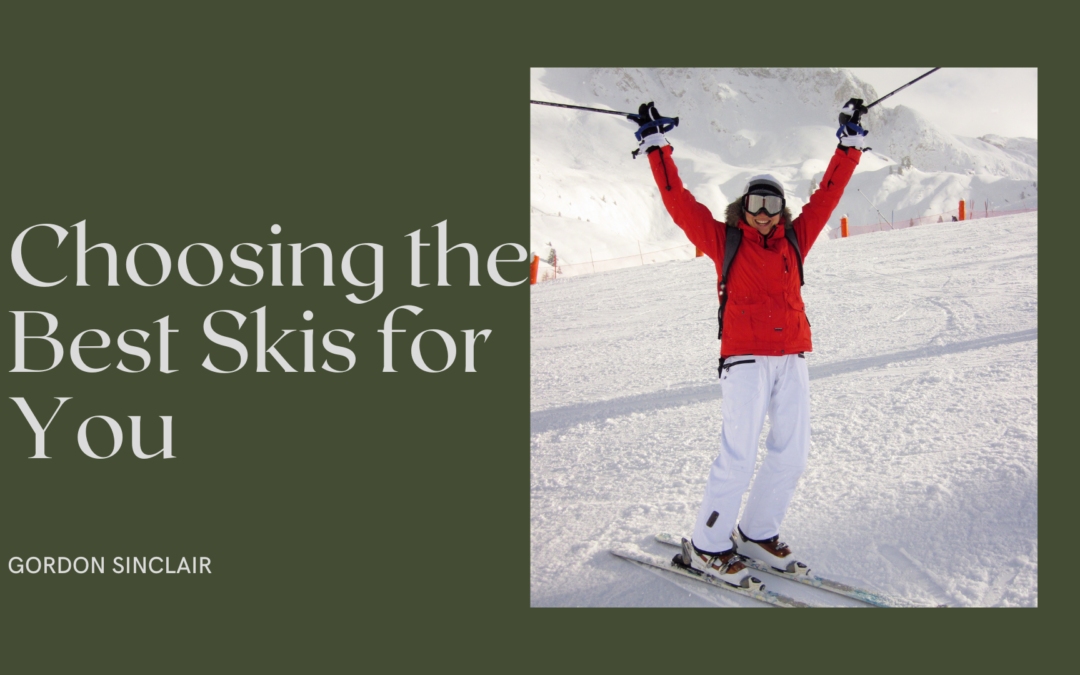Whether you’re a seasoned professional or a beginner in the skiing world, buying new skis can feel like a huge undertaking, especially if you’re unfamiliar with everything you should be looking for. But have no fear! This is a comprehensive guide to everything you need to know about buying skis.
Nail down the type you want
In order to have the best day on the terrain possible, you’re going to want to pick out the right pair of skis for you. Luckily, we can narrow the different types down to four basic groups.
- All-Mountain Skis: These are good for any age and experience group. Because of their narrow waists (85mm-95mm), front-side skis are better suited for groomed and powder terrain. Because of the deep sidecuts on the skis, you have better control over your turning as well.
- All-Mountain Wide Skis: Also known as mid-fats or fats, these skis have waists of 90mm-109mm, which can help enhance flotation in the softer snow! They can work through sloppy snow and can provide a much-needed sense of stability in crusty snow
- Powder Skis: These skis are best for powder, backcountry, and the occasional groomed run. Where mid-fats had a waist of 90mm-109mm, these powder skis, or super-fats, have waist widths of 109mm+ for men and 100mm+ for women, giving you a feeling of surfing. Some even have a fully rockered profile/rockered tips and tails that help enhance your skiing. Unfortunately, these aren’t for groomed runs– save these for the days when the powder is deep!
- Backcountry Skis: With backcountry skis, the world is your oyster– you have the ability to use them for untracked wilderness terrain, powder, and groomed runs. Because of their climbing skins, you can ski uphill towards untracked snow and then remove them to have fun on the ride down. These are lighter than alpine skis, with waist widths of 80mm-120mm, and can be used for telemark or alpine touring skiing.
Choose the length
Now that you have the type you want, it’s important to get the right length for you. When figuring out how long you want your skis to be, you should base your decision on your height and your skill level. After that, you can refine your choice with ski type, terrain, snow conditions, and preferences. As a general rule, with the tails of your skis on the ground, your tips should touch between your chin and the top of your head.
Choose your bindings
One of the most important things to understand about buying skis is that some skis come with bindings, and some don’t. A popular choice for all-mountain skiers are skis that come with bindings or integrated bindings. Because the manufacturer has already determined that the bindings are a good match for your skis, you already know that the skis will have good flex, edge hold, and turning. On the other hand, nonintegrated bindings can be favored by a number of advanced skiers because of the performance features and higher DIN release settings that are available to them.
